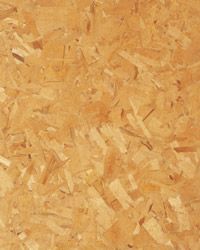Kitchen remodels are notoriously the most expensive jobs in home renovations. One main expense is kitchen cabinetry -- cabinets need to be sturdy, resistant to moisture and still stylishly attractive. Since a kitchen is often a selling point for potential buyers, homeowners also need to make smart choices about their kitchen's décor. Going green in cabinet selection is one great way to do that. Luckily, there are a wide variety of options available to the environmentally-conscious shopper and designs that will fit any budget. There are several environmental concerns to consider when selecting kitchen cabinetry:
- Recyclability: Some materials simply won't break down as recycled matter, usually due to how the material has been treated and finished. Other materials are just difficult to reuse.
- Resources: The majority of kitchen cabinets are made of wood, which is problematic since it takes years for forests to renew themselves [source: The New Ecologist]. Such a lengthy re-growth period means the absence of oxygen once provided by those forests.
- Chemicals: The EPA cites older-model kitchen cabinets as one of the most significant sources of formaldehyde off-gassing in the home [source: EPA.gov]. Formaldehyde was once routinely used as the binding agent in most wood sold for indoor construction in the U.S., though now that is starting to change with help from the green movement.
Let's look at the best ways to address these concerns. Whether you're updating an older kitchen, starting from scratch or in the middle of a harrowing remodel, these 10 different types of green cabinets have something for everyone.
Advertisement





